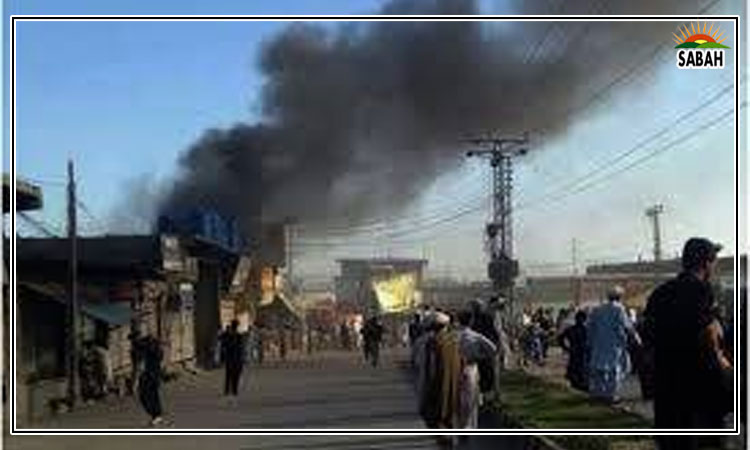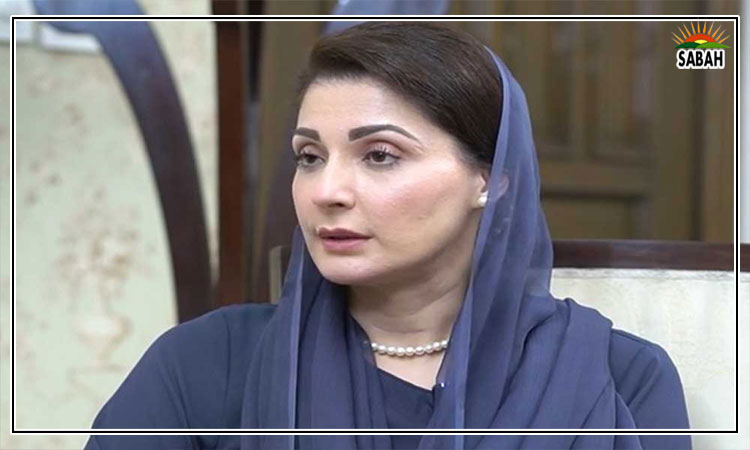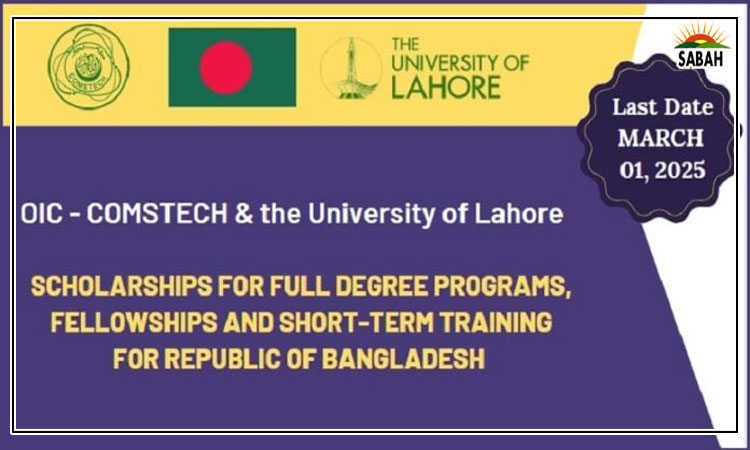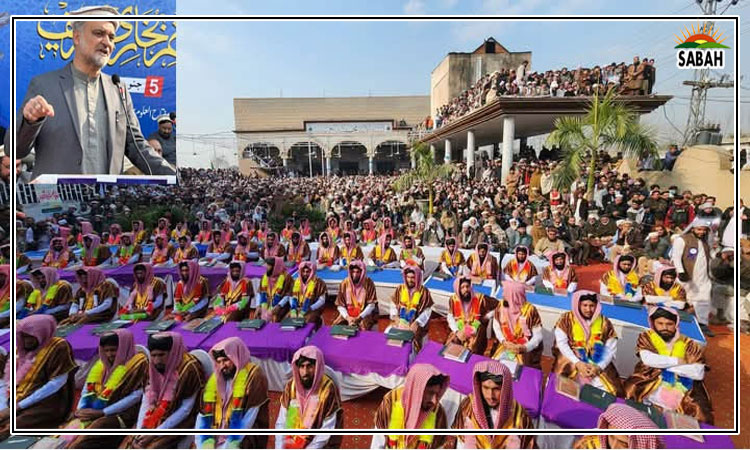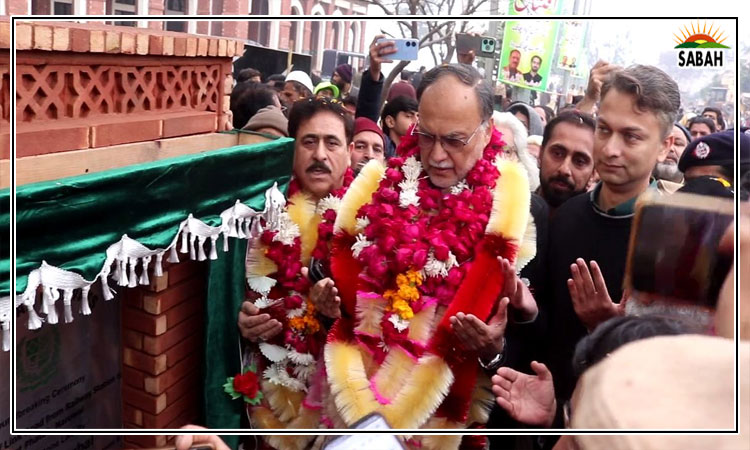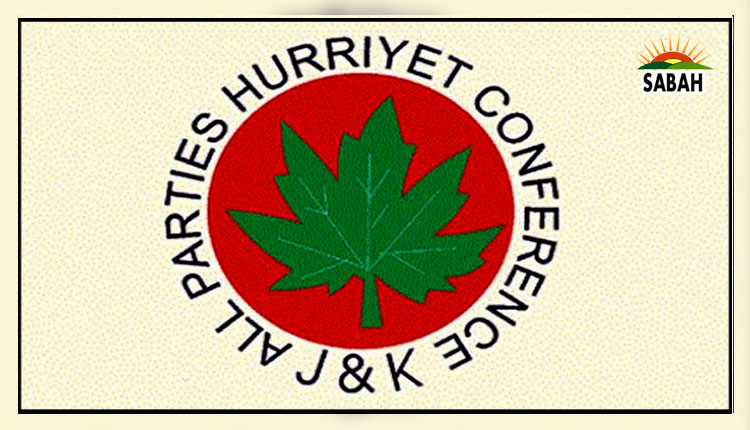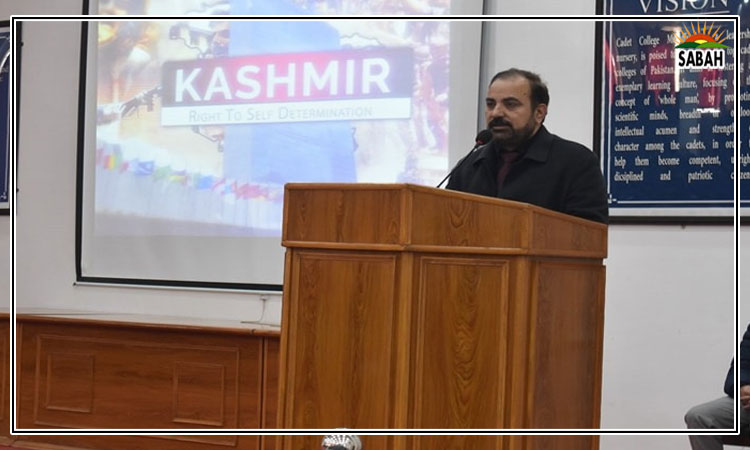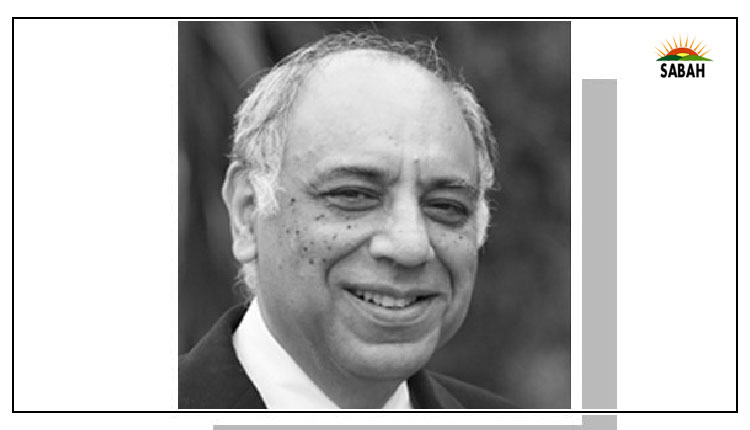What the smog said…Anjum Altaf
LAHORE is the most polluted city in the world. If the smog had a voice, it would explain why that is unlikely to change despite all the grand-sounding plans floating around. Ironically, it would point to advances in science and technology for that verdict.
The starting point would be a lesson in history. It is rightly said that those who ignore history do so at their own peril.
At the time of the Industrial Revolution, London and Manchester were unliveable cities with death rates higher than in the surrounding countrysides. Confirmation can be found in Dickens, Engels and Samuel Pepys’ earlier account of London’s Great Plague.
Two hundred years later, conditions were just as bad in major cities like Paris, Milan, New York, and Philadelphia — all were ravaged by epidemics and unhealthy living conditions. A book that captures the period well is Frank Snowden’s Naples in the Time of Cholera 1884-1911.
These cities are amongst the most attractive in the world today, having been transformed beyond recognition through major urban reforms. Does that offer hope for Lahore? Not really, because reform in the former emerged out a peculiar set of circumstances that will not recur.
First, the state of technological development in the earlier era was such that effective segregation of rich and poor was impossible. The absence of automobiles forced all residents to live in close proximity. To imagine the spatial limits of a city without cars, think of the walled cities of Lahore and Peshawar. Bottled water, air conditioners and purifiers were also not available for household-level protection. As a result, victims of epidemics were not just the poor; they included lords and prime ministers as well.
Second, scientists of the time subscribed to an incorrect theory of disease transmission (miasma theory), which held that epidemics were caused by decaying non-living matter polluting the air, which remained undispersed in congested living spaces.
Because elites were unprotected, they led the urban reform movement out of fear for their lives and businesses. Their involvement enabled the legislative changes and resource allocation needed for the reform initiative. And because of adherence to the incorrect miasma theory, the reforms focused on investments in citywide environmental improvements in water supplies, sanitation, sewerage, and wide air corridors. The most celebrated example is the renovation of Paris commissioned by Napoleon III and executed by Baron Hausmann between 1853 and 1870.
This set of conditions no longer exists because of advances in both technology and medical science. Automobiles have allowed the rich to physically segregate themselves from the poor in low-density suburbs. Thus, instead of remaining a single unit, South Asian cities have split into two — rich enclaves and poor slums. The consequence is not trivial — 5,000 years ago, Mohenjodaro, because it was a shared city, had a better drainage system than the poor sections of our contemporary divided cities.
At the same time, the discovery that disease is not spread by decaying matter but by germs has shifted the focus from citywide reforms to individual protection. The rich have isolated themselves from the diseases of the poor through prophylactic care, including immunisation. Other technological developments (air conditioners and purifiers, bottled water, refrigeration) have facilitated even more protection at the household level, separating the worlds of rich and poor citizens.
As a result, unlike the case of the now developed cities, there is no powerful lobby of influential citizens pressing for citywide reform in contemporary South Asia. Those with an air purifier in every room and with access to good healthcare are not sufficiently inconvenienced to shift resources to benefit the majority. Experience with the provision of clean water, safe sanitation, decent healthcare and education is the same. Those who can afford good services for themselves are content with the status quo as long as there are no consequences to be borne.
This is a reality that has to be accepted. It is naive to appeal to leaders who don’t care. Change can only come from a collective demand that impacts the cost-benefit calculus of policymakers.
Such a demand for citywide environmental improvements is unlikely in the foreseeable future simply because the harm inflicted is not immediately evident. Nor is it sufficiently known that air is not unhealthy only for a few weeks. Historical records of the past many years do not show a single one with more than a few days of acceptable air quality in Lahore.
The smog is here to stay. Those who can’t live with it should, as the emperor said, relocate to Karachi.
The writer is the author of Pakistan: Clash of Ideas, Aks Publications, 2024.
COURTESY DAWN



